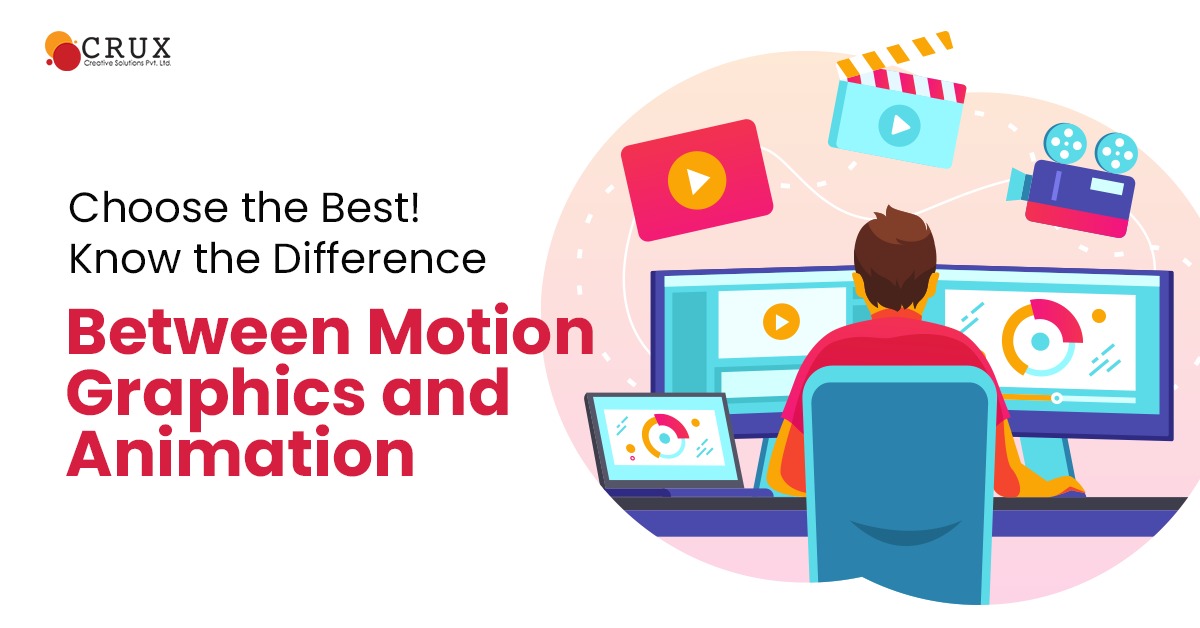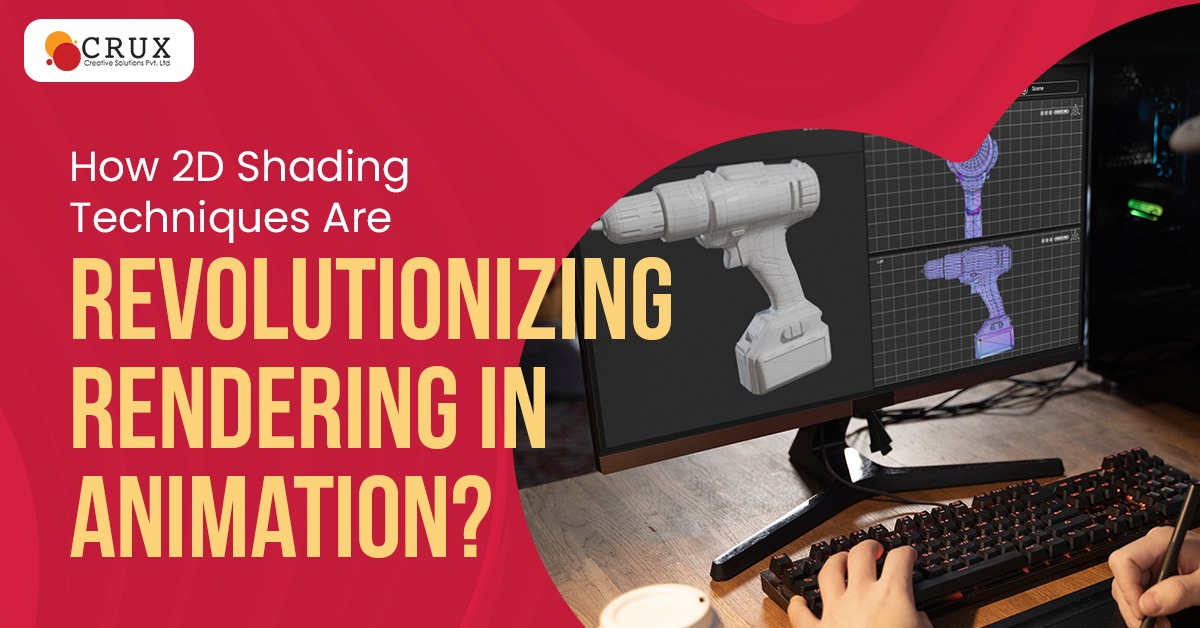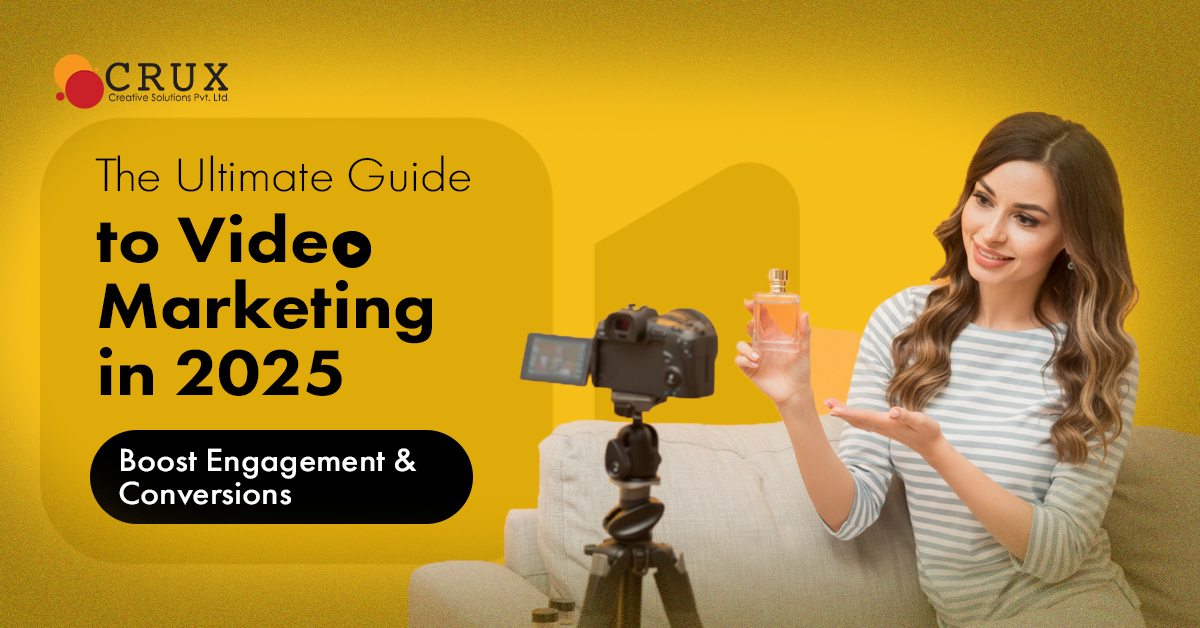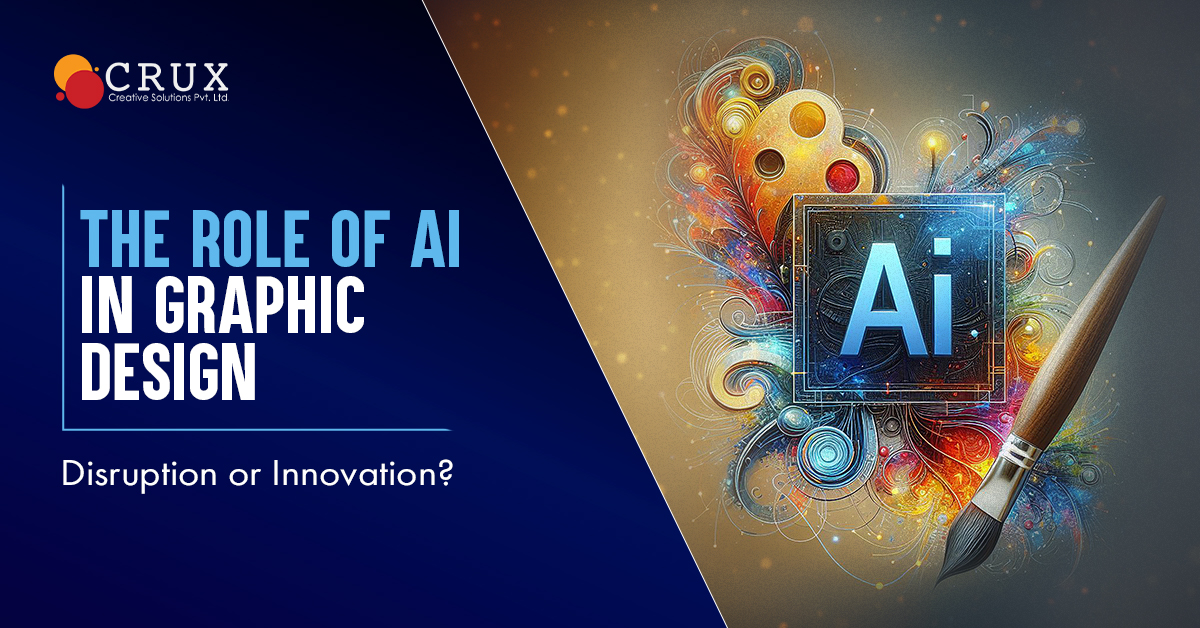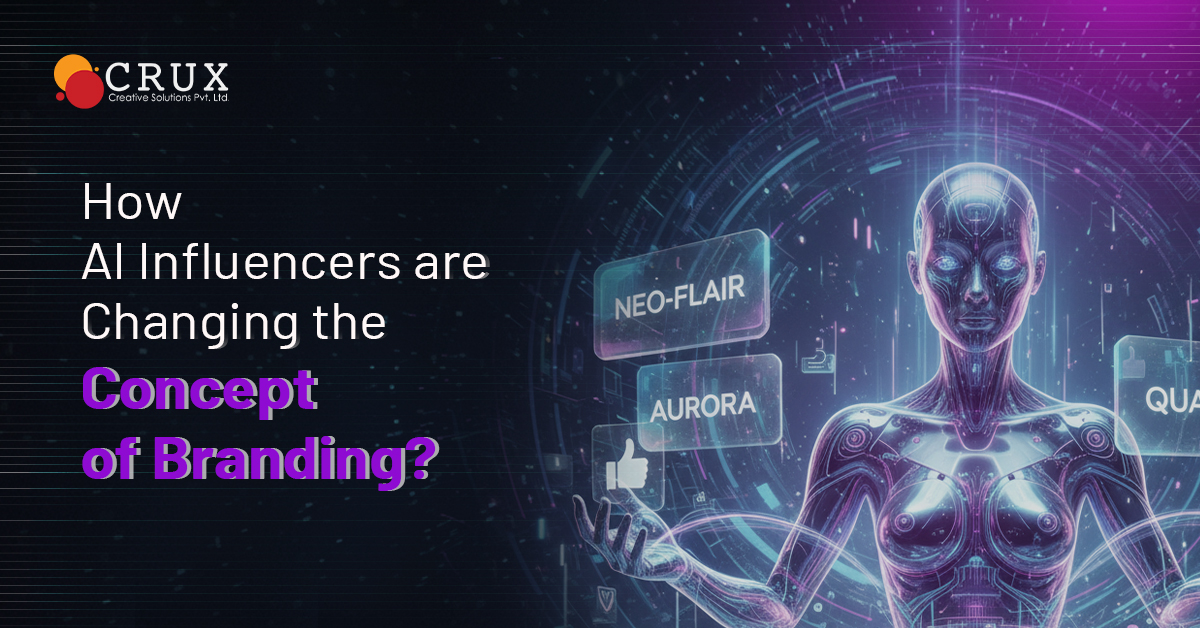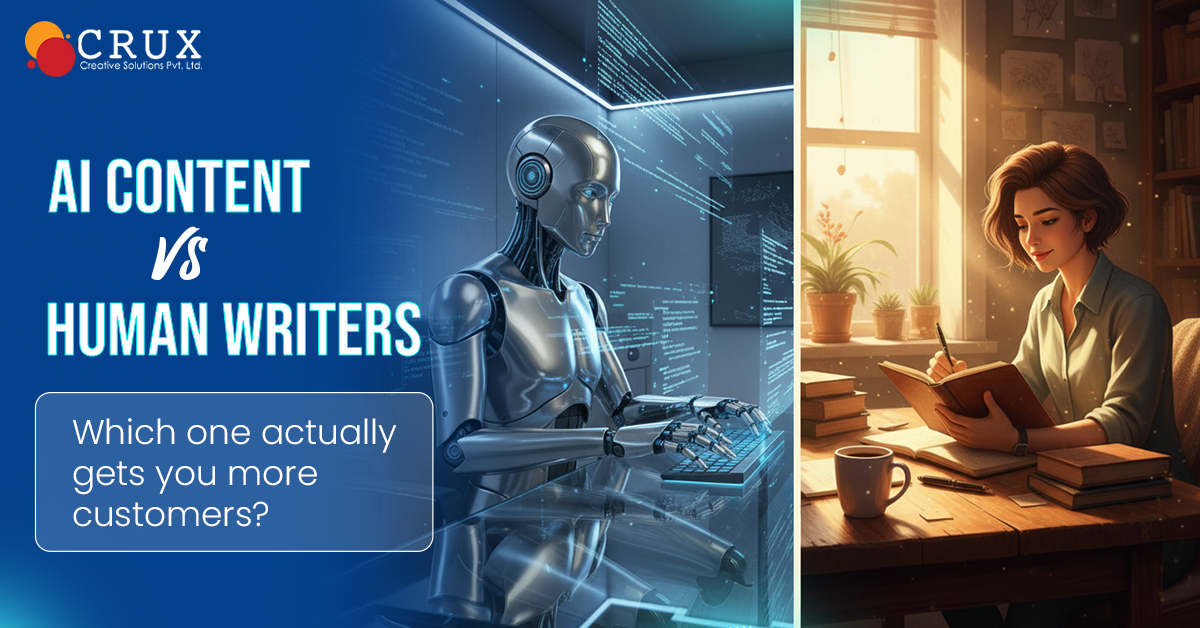
Digital Brochure vs. Traditional Brochure: Which Is Better for Your Business?
Brochures are still one of the most effective tools for promoting your business. Whether you’re launching a product, introducing your services, or building brand awareness, brochures help you connect with your audience. But the big question is: Should you go digital or stick with the traditional print format?
The answer isn’t always simple. It depends on your goals, audience, and the nature of your business. In this blog, we’ll break down both options and help you decide what works best for your business.
The Basics: What Are Digital and Traditional Brochures?
Traditional brochures are printed materials—booklets, pamphlets, or leaflets—handed out during events, mailed to clients, or placed at reception desks. They’re tangible, physical, and offer a sensory experience.
Digital brochures are electronic files—PDFs, interactive flipbooks, or web-based designs—shared via email, websites, or social media. They're easy to distribute and update.
Both formats aim to inform, persuade, and leave a lasting impression. But how they do it can be quite different.
Accessibility and Reach
One of the biggest advantages of digital brochures is their reach. You can send them to hundreds of people with just a click. They’re accessible across the globe, any time of day, on multiple devices.
Traditional brochures, while limited in distribution, offer a personal touch. Handing someone a physical brochure during a meeting or event can create a more meaningful connection.
If you’re targeting a tech-savvy audience, digital may be the way to go. For local events or face-to-face marketing, traditional formats can still shine.
Cost Considerations
Digital brochures are generally more cost-effective. There’s no printing or shipping involved. Once designed, you can reuse or update the file easily without additional costs.
Traditional brochures involve printing costs, paper choices, and distribution logistics. However, they may be seen as more premium, especially if designed and printed well.
So, if you’re on a budget or need frequent updates, digital wins. But if you’re aiming for high-impact physical branding, print might be worth the investment.
Design Flexibility
Both formats offer creative freedom, but in different ways.
Digital brochures allow for interactive elements—animations, clickable links, embedded videos. This enhances user engagement and adds a modern touch.
Traditional brochures rely on clever layout, folds, and textures to engage readers. With good printing techniques, they can feel luxurious and well-crafted.
A professional brochure design agency in Gurgaon can help you explore the best of both worlds—creating brochures that reflect your brand’s tone and vision, no matter the format.
Reader Experience
People interact with digital and physical materials differently. Scrolling through a digital brochure is fast and flexible. Users can zoom, click, and jump to sections they’re interested in.
Reading a printed brochure is slower and more deliberate. It encourages a deeper read and creates a stronger tactile memory.
Each has its place. Think about how your audience prefers to consume content and let that guide your choice.
Environmental Impact
Digital brochures have a clear edge when it comes to sustainability. They reduce paper use, waste, and carbon footprint associated with printing and delivery.
That said, print has become more eco-friendly with recycled paper and sustainable inks. If your brand cares about the environment, highlight your green choices in your traditional brochures.
Analytics and Tracking
One of the biggest benefits of digital brochures is data. You can track how many people opened the brochure, how long they spent on each section, and which links they clicked.
This kind of insight helps refine your marketing strategy over time. Traditional brochures don’t offer this level of feedback unless supported by QR codes or unique contact details.
If data matters to your business, digital provides the upper hand.
Durability and Portability
Digital brochures don’t get crumpled or torn. They live on phones, tablets, and laptops, ready to be accessed anytime. Plus, they can be shared endlessly without losing quality.
Printed brochures, however, need to be carried, stored, and protected. They might not last long, but they do have physical presence—a quality that’s often memorable.
Depending on how and where you plan to distribute, weigh the importance of portability versus physical presence.
Branding Opportunities
A well-designed brochure, whether digital or print, is a strong branding tool. With professional design, you can reflect your business identity and values clearly.
Crux Creative Solutions, a creative agency in Gurgaon, excels at crafting designs that balance aesthetics and functionality. They offer tailored brochure design services that align with your business goals.
They know how to use layout, imagery, and typography to create an impactful message—whether it’s through a screen or on paper.
Use Cases: When to Choose What
- Events & Trade Shows: Traditional brochures are often more suitable. They can be handed out, placed at booths, and kept as keepsakes.
- Email Campaigns or Website Downloads: Digital brochures are more efficient. Quick to send, easy to access.
- Sales Pitches or Client Meetings: Depending on your audience, both could work. Digital for remote presentations, print for face-to-face.
- Product Launches: A mix of both may serve you well—digital for announcements, print for press kits or exclusive previews.
The Hybrid Approach
Why choose one when you can use both? Many businesses today use a hybrid strategy. A digital version ensures wide reach and easy updates. A printed version adds a tangible touch where needed.
This approach offers flexibility. You can adjust your strategy based on the audience, event, or campaign without compromising consistency.
A good agency can create both formats from a single design blueprint, saving time and keeping your messaging uniform.
Final Thoughts
The right brochure format depends on your audience, goals, and budget. Digital brochures are accessible, data-driven, and eco-friendly. Traditional brochures are personal, tangible, and memorable.
When designed well, both can deliver excellent results. The key is to focus on quality, not just format.
So, whether you’re considering going all-digital or planning a print run, partner with experts who understand design and strategy.
That’s where a seasoned team like Crux Creative Solutions comes in. Their work as a leading brochure designing agency in Gurgaon has helped brands across industries create lasting impressions.
In the end, a brochure is more than a marketing tool. It’s a statement of your brand’s identity. Make it count—online or offline.





